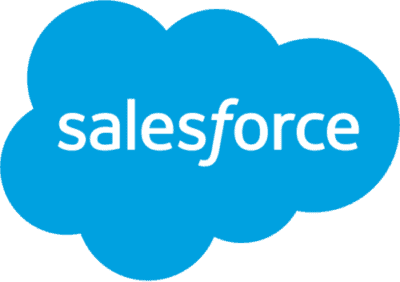A Full View of your Operation, with Flexible Reports
Salesforce CRM gives you a 360? view of your customer. Take it to the next level by understanding how this data impacts your business financials by integrating with your ERP. All of your data is accurate and in one place, which improves reporting processes. Accurate forecasting is critical for a growing business, and integrating with an ERP automates some of the manual processes that can cause errors and delays in reporting.
Advantage Automation to Gain Efficiency
Tedious small tasks can eat into staff time and can even lessen employee engagement. Workflows can automate tasks between CRMs and ERPs and enhance your productivity. There is no longer the need to enter CRM data manually into your ERP—the software takes care of that. Bidirectional sync pulls the dimensions you need into the correct part of the software. Save staff time and skip the grunt work.
Facilitate Employee Collaboration and Knowledge-Sharing
Empower your employees with access to critical customer information, even if they do not work in your service or sales team. Access to information is opt-in, meaning admins decide who sees what and who has edit ability. Giving everyone view access to real-time data helps ensure that the right decisions are made across the organization. Collaboration tools, such as Chatter or Notes, let teams add comments and questions right in the contact object within Salesforce, leaving behind a history that your team will see.
Nix double-data-entry
When you have an ERP and a CRM working separately, you may have customer data existing in both, leading to inaccuracies and out-of-date information. But even when it is accurate, it can cause unnecessary duplication, and it’s hard to determine which should be the master record. Save time and reduce errors by eliminating duplicate data entry between finance and sales. The integration pulls all of that information through so that it is the same in both systems—a singe source of truth.
Speed up Sales Processes
Improve your quote-to-cash process and get sales in quicker and more seamlessly. There are no longer disparate sources of data that you must compare when talking to customers. Instead, a full view of operational capacity and fulfilment timelines helps you provide correct info at this crucial stage. Automated billing eliminates errors and enables you to generate invoices in minutes, not days. Sales and operations teams can move customers through an approvals process much quicker when they can be sure they have real-time customer data. Approvers are notified instantly and can approve immediately.
Stay Compliant
Businesses of all industries must comply with local legal guidance and regulations. This may be around HIPAA, GDPR/CASL, food safety standards, anti-fraud business rules or ASC 606/tax laws. With the right ERP, management of compliance happens within the solution, often with just the click of a button. You can configure different types of revenue recognition reporting scenarios to help create a straightforward revenue calculation process. Not only will this help you stay in the clear legally, but it also presents a full history to speed up audits.

